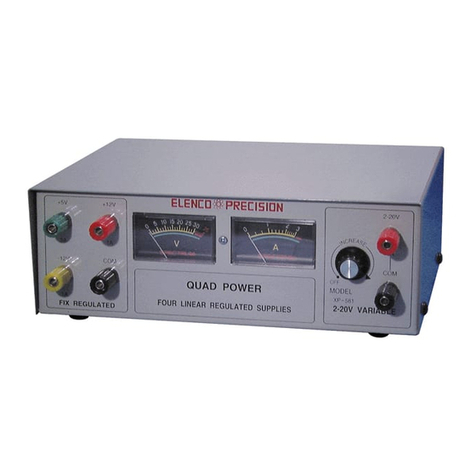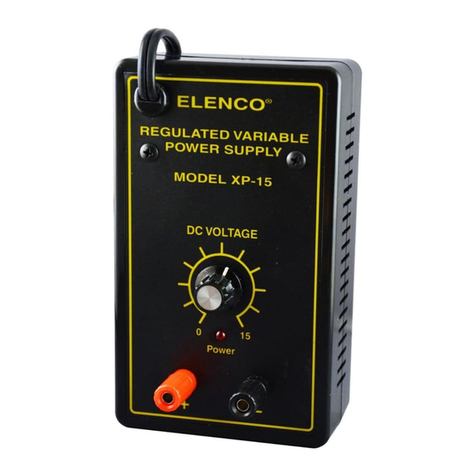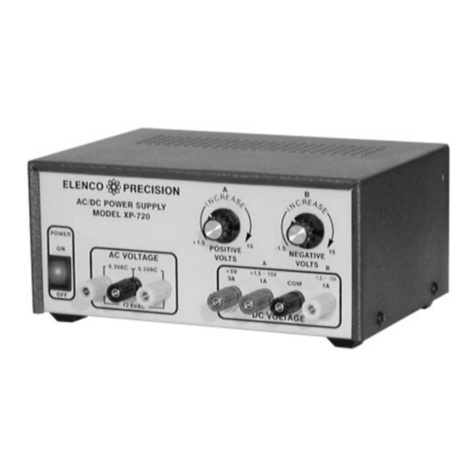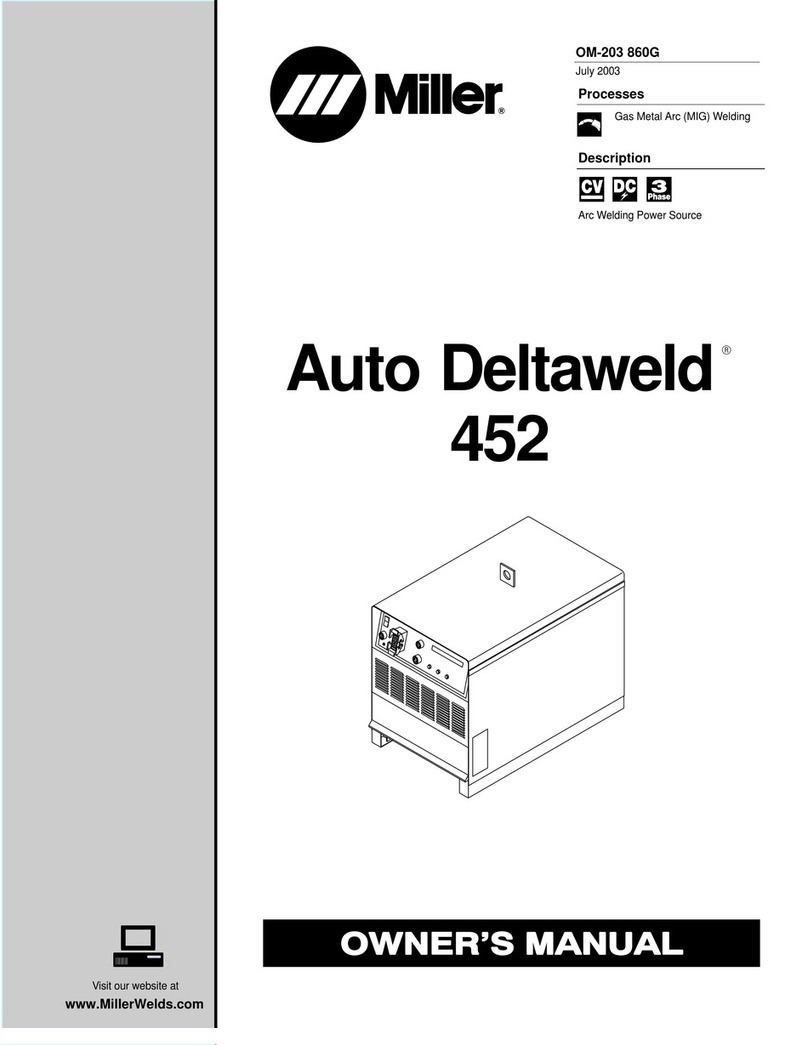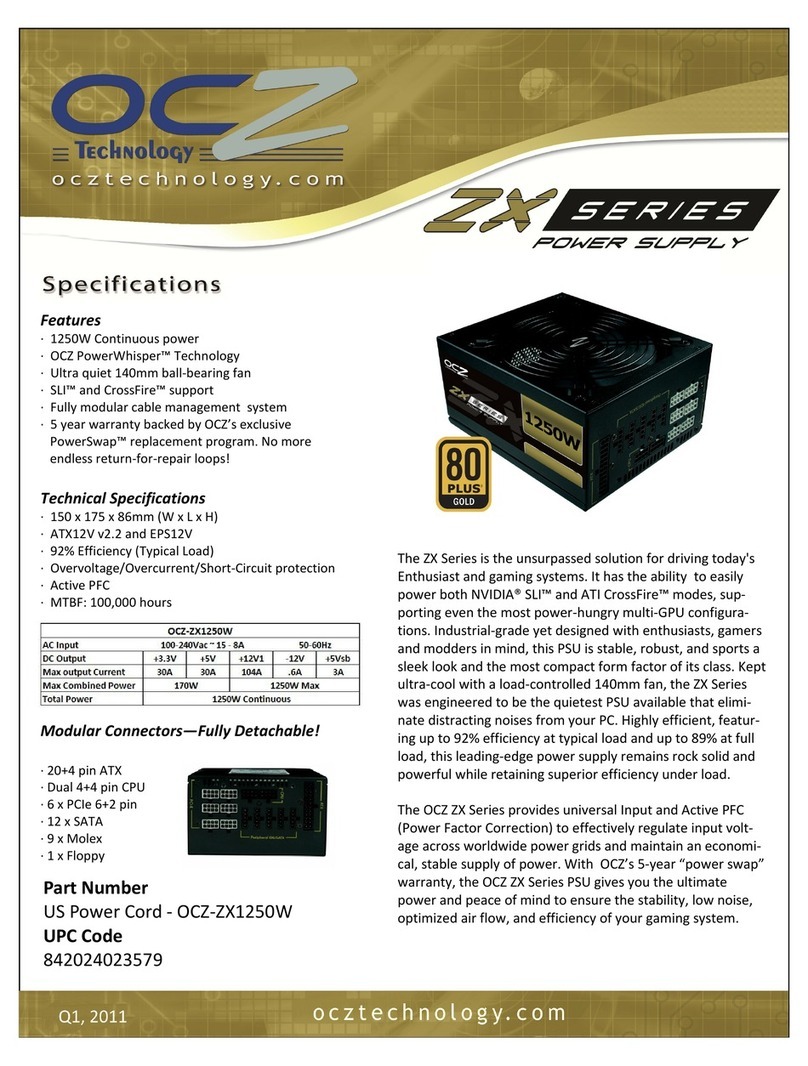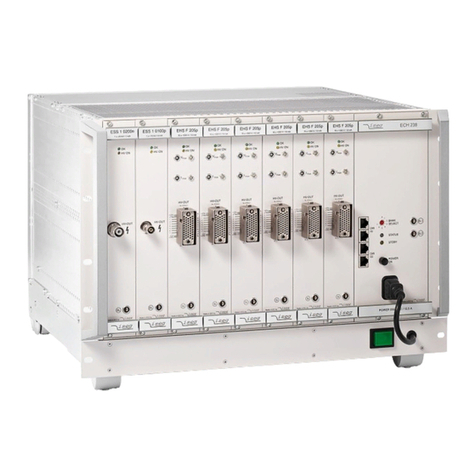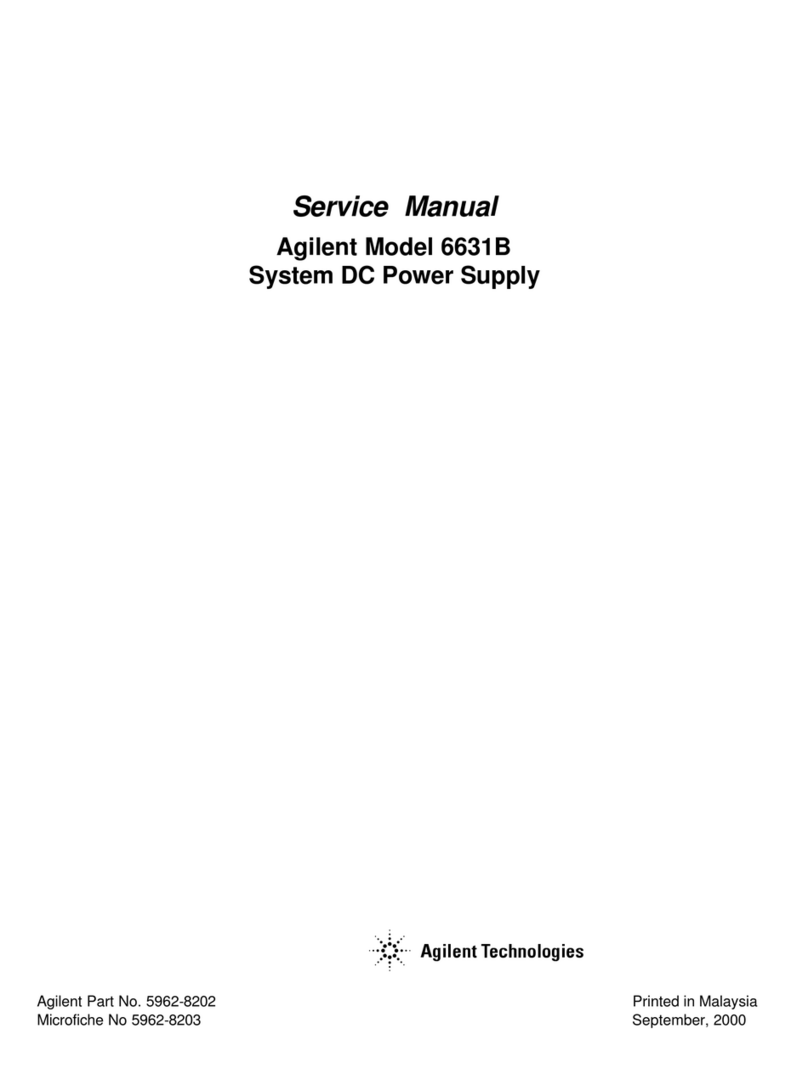Elenco Electronics XP-620K User guide
Other Elenco Electronics Power Supply manuals
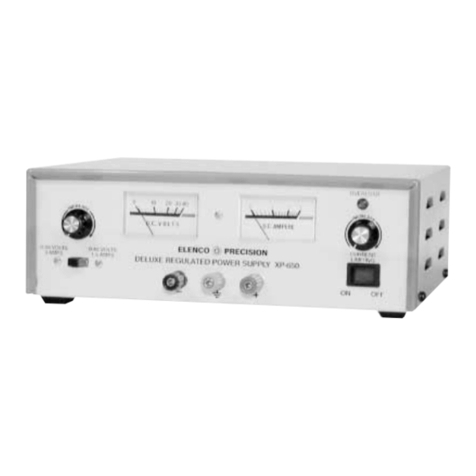
Elenco Electronics
Elenco Electronics XP-650 User manual
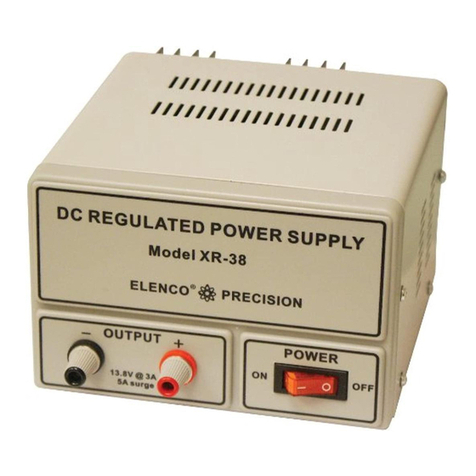
Elenco Electronics
Elenco Electronics XR-38 User manual

Elenco Electronics
Elenco Electronics XR-35 User manual

Elenco Electronics
Elenco Electronics XP-603 User manual
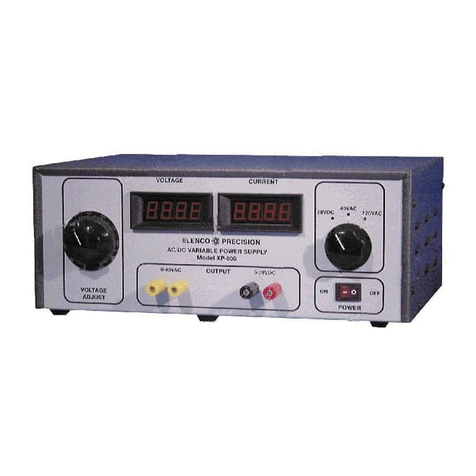
Elenco Electronics
Elenco Electronics XP-800 User manual

Elenco Electronics
Elenco Electronics XP-625 User manual

Elenco Electronics
Elenco Electronics XP-605 User manual
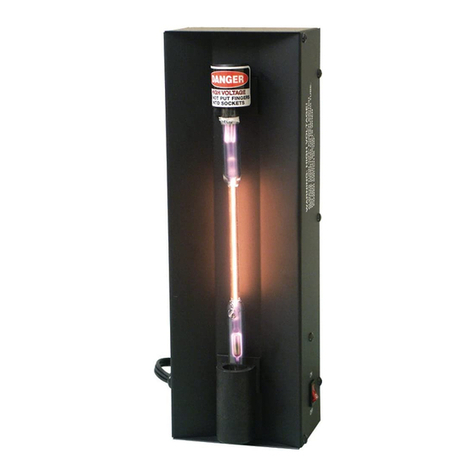
Elenco Electronics
Elenco Electronics STPS-1 User manual
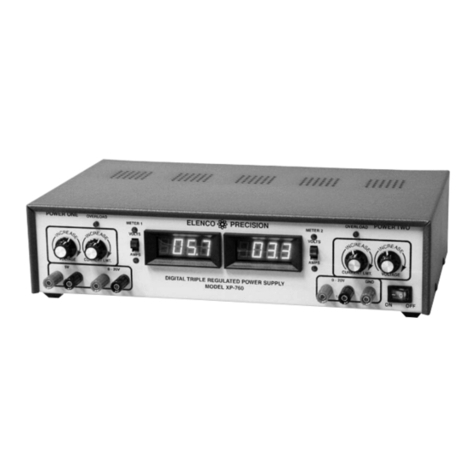
Elenco Electronics
Elenco Electronics XP-660 User manual
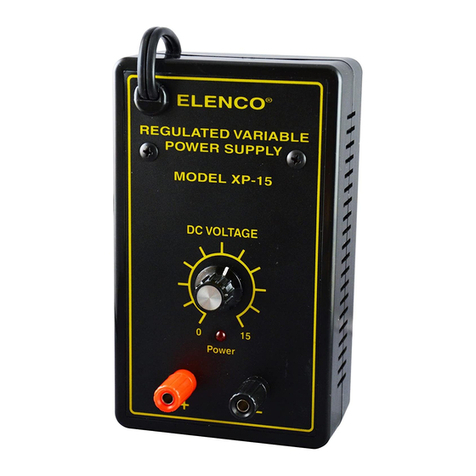
Elenco Electronics
Elenco Electronics XP-15 User guide

Elenco Electronics
Elenco Electronics XP-770 User manual

Elenco Electronics
Elenco Electronics XR-38 User manual
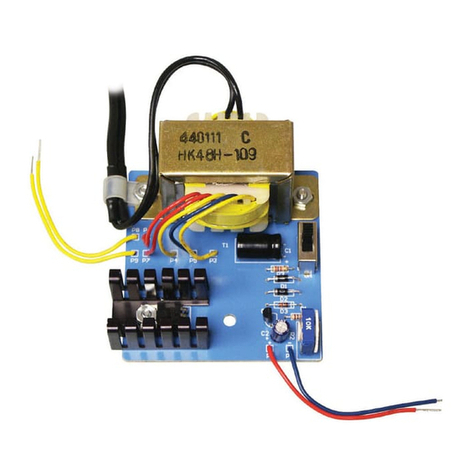
Elenco Electronics
Elenco Electronics K-11 User guide
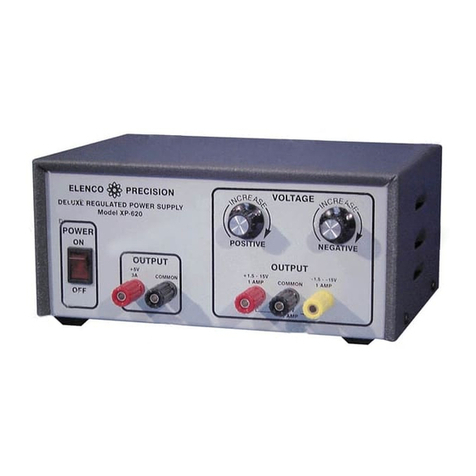
Elenco Electronics
Elenco Electronics XP-620 User manual

Elenco Electronics
Elenco Electronics XP-625 User manual
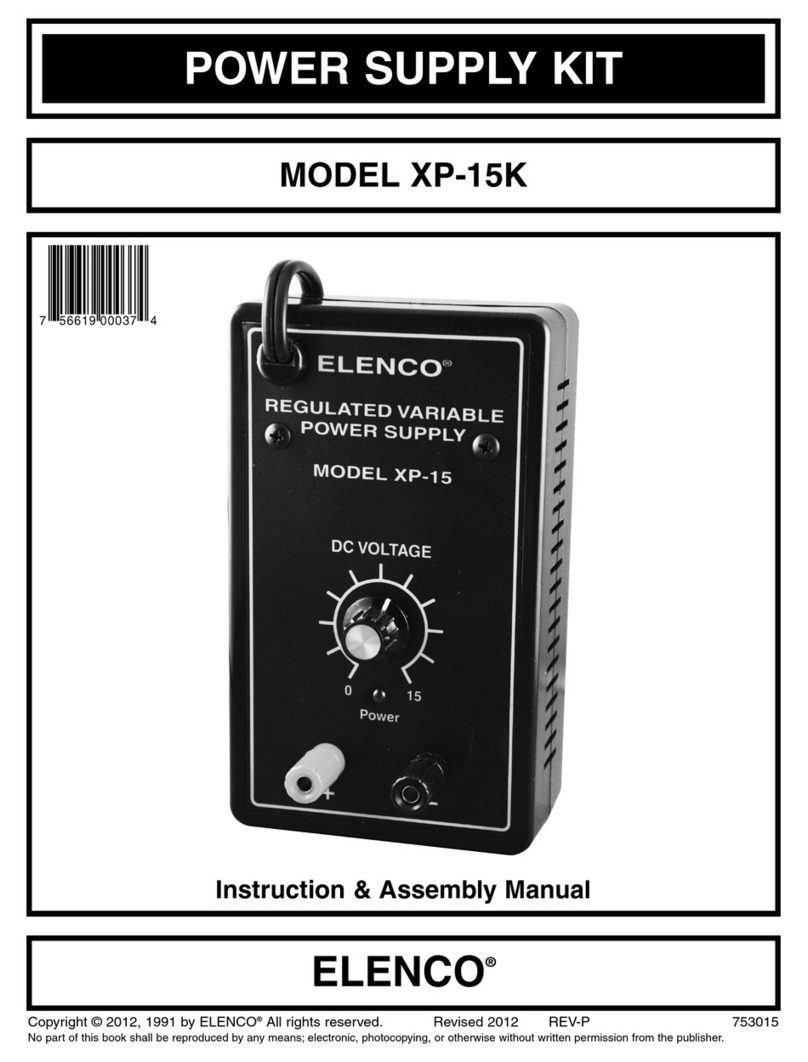
Elenco Electronics
Elenco Electronics XP-15 User manual

Elenco Electronics
Elenco Electronics XP-4 User manual

Elenco Electronics
Elenco Electronics XP-720K User manual
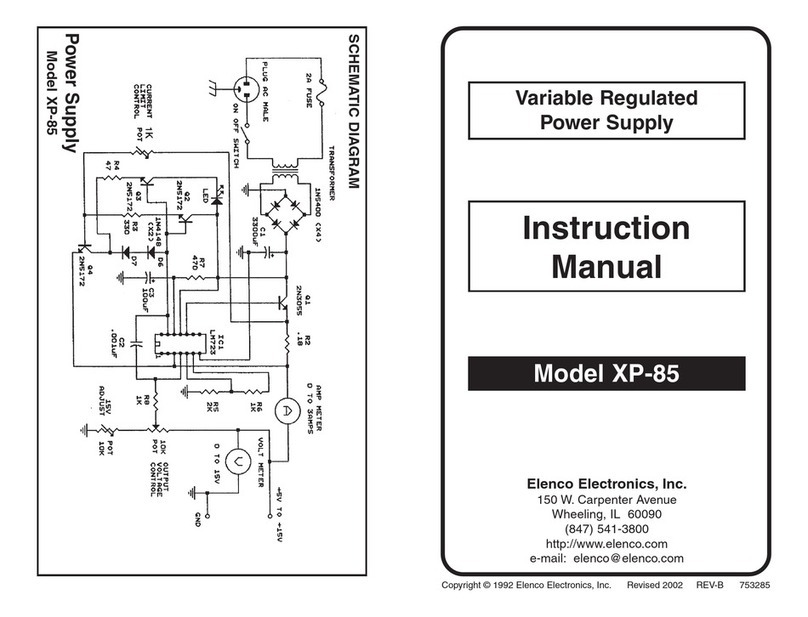
Elenco Electronics
Elenco Electronics XP-85 User manual
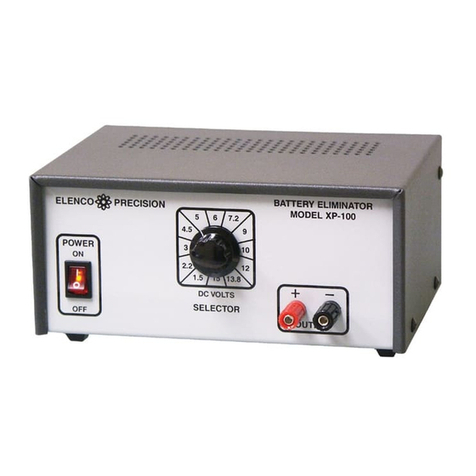
Elenco Electronics
Elenco Electronics XP-100 User manual
Popular Power Supply manuals by other brands

Videx
Videx 520MR Installation instruction

Poppstar
Poppstar 1008821 Instructions for use

TDK-Lambda
TDK-Lambda LZS-A1000-3 Installation, operation and maintenance manual
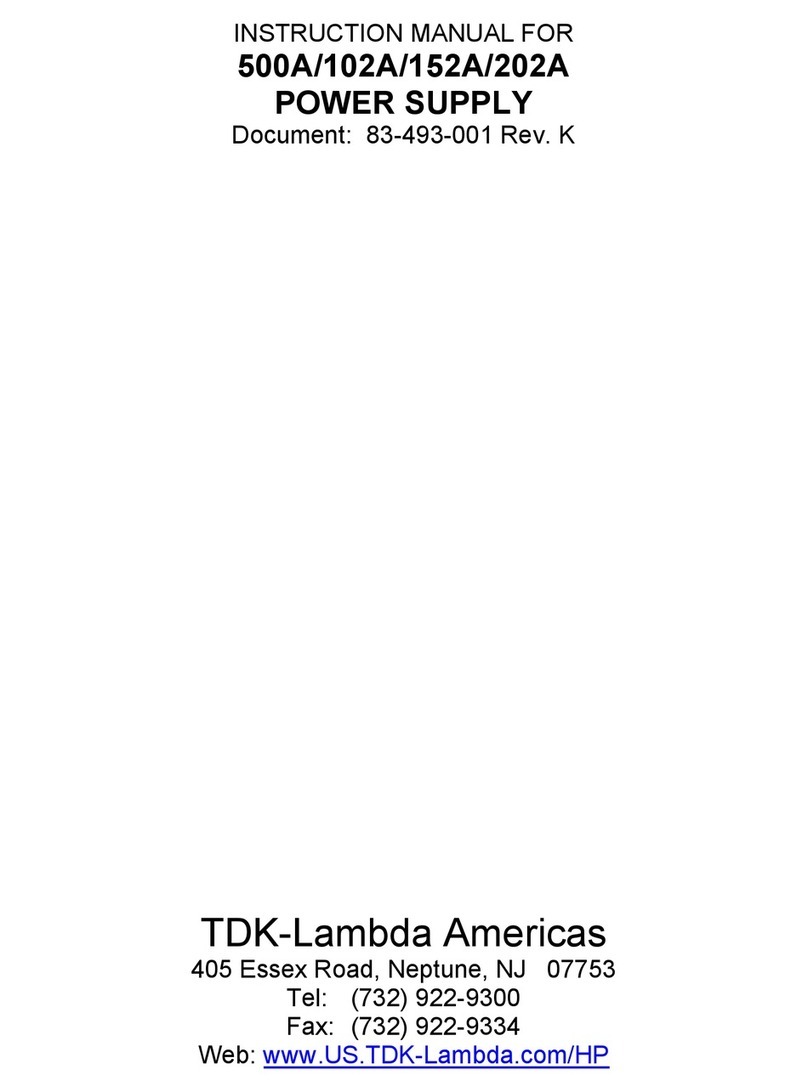
TDK-Lambda
TDK-Lambda 500A instruction manual
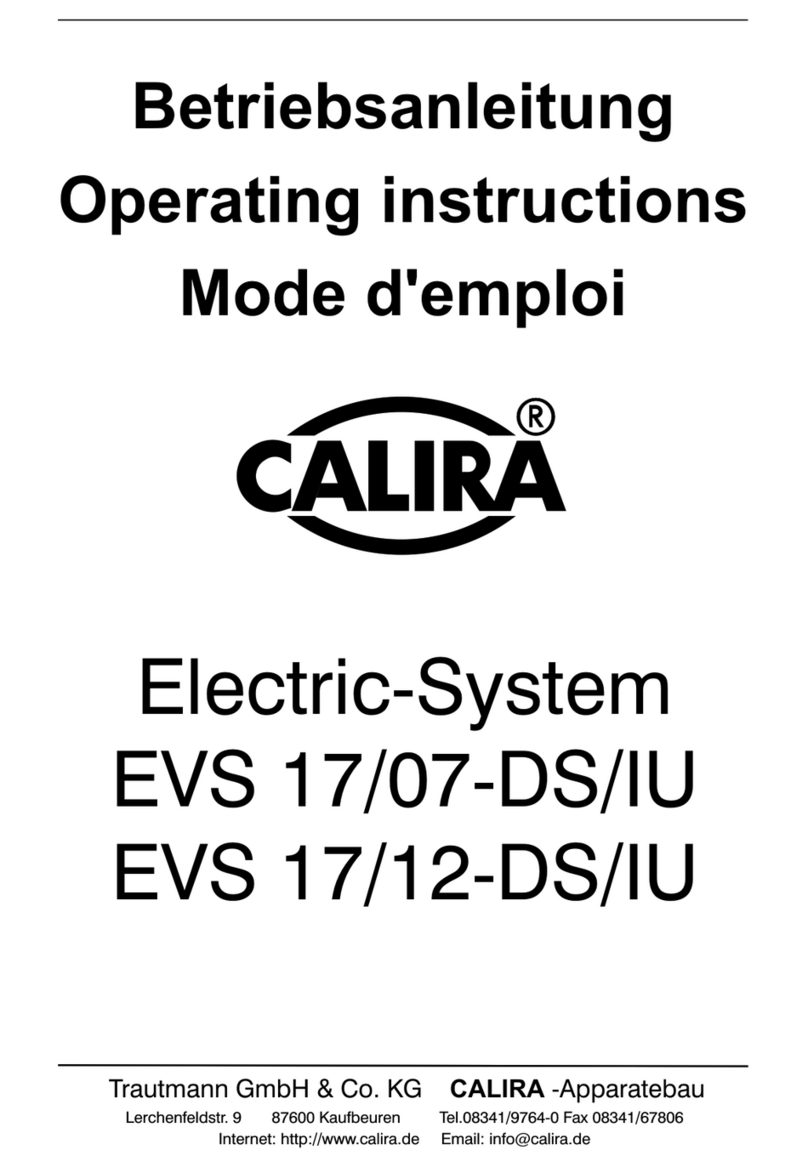
Calira
Calira EVS 17/07-DS/IU operating instructions
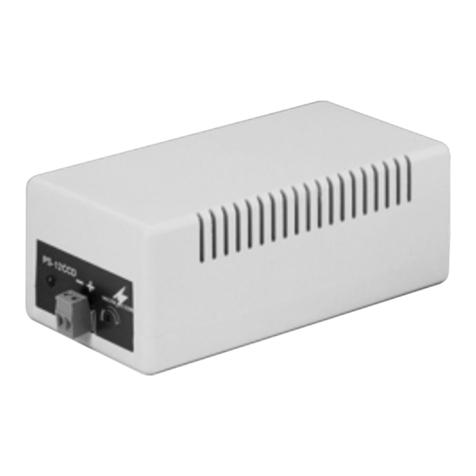
Monacor
Monacor PS-12CCD instruction manual
